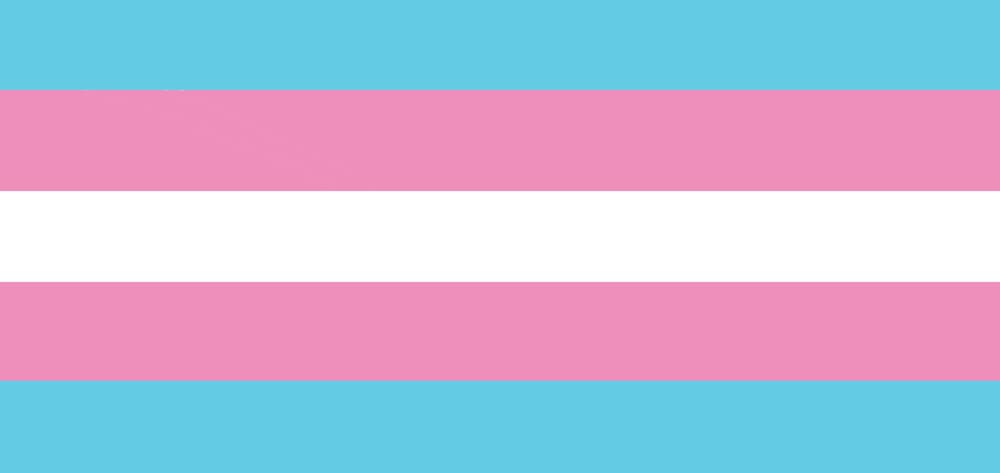As nurses, we are the healthcare professionals who have the closest contact with our patients, and we often find ourselves acting as the patient’s advocate. Stories of a nurse intervening on a patient’s behalf, and greatly improving that patient’s experience within the healthcare system, are plentiful.
Some of our patients have a number of issues in their lives in addition to the one that brings them to us, and we try to recognize and address those needs by providing a holistic care environment for our patients. Many times, we advocate for patient needs that we may not believe in ourselves, but know that these issues are important to the patient; for example, the Christian nurse who works hard to secure kosher food for a Jewish patient, or to provide quiet time for a Muslim patient to pray. We know that the spiritual and psychological needs of our patients are important and worthy of our attention and efforts.
Empathizing with transgender patients can be difficult. Most of us live our lives without thinking about which gender we are. We were born with certain anatomy that told us we were either a girl or a boy. There was never any doubt in our minds. That’s why a transgender person’s entire sense of self is foreign to most nurses. How could someone question his or her gender? Too often, nurses may believe that people who need to think about what gender they are must be delusional.
Imagine, for a moment, that everyone around you treated you and addressed you as if you were the opposite gender. No matter what you tell them they insist that you are mistaken or delusional. How can you be a girl if you have a penis? How can you be a boy if you have a vagina? The truth is, some men have vaginas and some women have penises, and because of that their lives can be very frustrating, and even dangerous.
Reaction of healthcare providers
The reaction of nurses (and other healthcare professionals) can create unnecessary stress for transgender patients and their friends and families. “Severe pain in my 17-year-old son’s abdomen took us to the ER last week. It’s one of those situations that everyone dreads, but if you’re transgender, there can be an added level of anxiety when the medical professionals you are dealing with aren’t current on trans health care. Such was the case for us, beginning at the reception desk,” Leslie L. said in a Huffington Post article posted on 09/20/2013.
It may seem trivial to us when we ask about a discrepancy in names and genders. We may not see it as a privacy issue, but then we are not subject to being beaten to death simply for existing. Whenever discussion about a name discrepancy is overheard, the transgender person has just been “outed” unwillingly and without the ability to prepare himself or herself to deal with the possible reactions. Add to that the fact that this person is ill and already under considerable stress.
Transgender people are constantly explaining their own identity. It becomes an “OK, here we go again” issue for them. As Dianna L., explains in the Huffington Post article, “Yeah, I dreaded going to the emergency room. Heck I even dreaded going to my primary care physician, when I had a fever over 100 I toughed it out because back then I didn’t want to have to explain it to him why I shaved my legs, chest and arms.”
In a Facebook post, Jennifer K. relates her experience with healthcare providers, “I can handle ANYTHING they throw at me. It is when I am in line, with 10 people behind me at check-in and I am ‘outed’, that things become…well…dicey!” No matter what HIPAA may say, when there is a line of people checking in, things can be overheard. The presence of a transgender person becomes some juicy gossip in the waiting room.
For some reason people think that commenting on their approval or disapproval of a person’s gender publically, and often loudly, is perfectly ok. The stares and whispers can be terrifying, especially when one considers that every year in the fall there is a “Transgender Day of Remembrance” when all of the transgender persons murdered in the previous year are honored by having their names read aloud in many cities worldwide. The list of names read that day numbers in the hundreds.
Nurses are in a position to have a major impact on this aspect of these patients’ experiences. We can increase our sensitivity to the issue and exercise our control over staff to protect patient privacy.
Understanding gender
Understanding more about a person’s gender experience will better prepare us to do our best to ensure that the stress associated with this part of a patient’s life will be no more troublesome than is unavoidable.
Most people see gender as a simple issue of “What sex are you?” However, a person’s gender make-up is more complex than that. An info-graphic below from Sam Killermann (http://itspronouncedmetrosexual.com/2012/03/the-genderbread-person-v2-0/) shows us the interacting pieces comprising a person’s gender and sexuality make-up, The Genderbread Person has four parts to their gender-sexuality, Gender Identity (how they see themselves), Gender Expression (What they show others through their dress and behavior), Biological Sex (Their anatomy), and Sexual Attraction (To whom they are sexually attracted). Anyone of these pieces may be ambiguous.
Gender Identity can be fluid, changing from time to time. Gender Expression can vary according to mood or social pressure to comply with expectations. Biological sex becomes ambiguous in the Intersex population where anatomical structures are unclear. Sexual attraction (sexual orientation) can be hetero-, homo-, bi-, or even fluid. We can also see in the graphic that none of these is binary with female on one end and male on the other (a common misconception about gender is that it is binary).
Reaching out
Transgender persons may not be forthcoming about their status for many different reasons. The nurse may often become aware of the patient’s status through a physical exam or a medication review (Estradiol and Spironolactone combination is a dead giveaway of a male to female transsexual). When this happens, we have a choice of how to respond. Our clinical orientation may lead us to come back with a barrage of very personal, and to the patient threatening, questions.
There are other ways to broach the subject, as Jennifer K. tells us through her experience, “My new doctor saw my list of meds and knew immediately and opened with, ‘You look great…how long ago did you begin your transition?’ Put me right at ease, immediately, even though my name change had not caught up with their record keeping. I presented new IDs and they updated my info.”
Jennifer’s physician did a couple of powerful things for her. First, he gave her an honest compliment, which set the mood of the conversation. Then he followed with a nonthreatening approach to elicit additional information about Jennifer’s transition status. Once the comfort level is established and the patient is relaxed and more at ease in discussing these issues, the medical history taking can continue without an adversarial aura.
We, the nurses, have the ability to make a major impact on these patients’ experiences with healthcare. Let’s do our very best for them.
Janis Booth is a retired emergency and coronary care nurse who is now employed by WebMD as a senior software developer. She also happens to be a transgender woman who began her transition at 60 years of age.


















